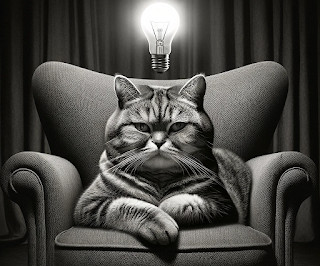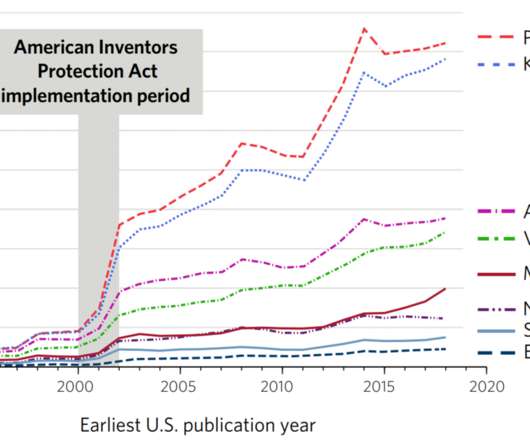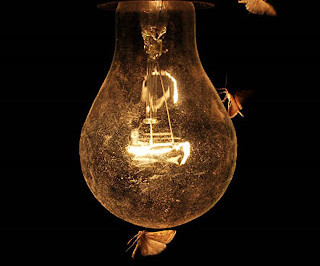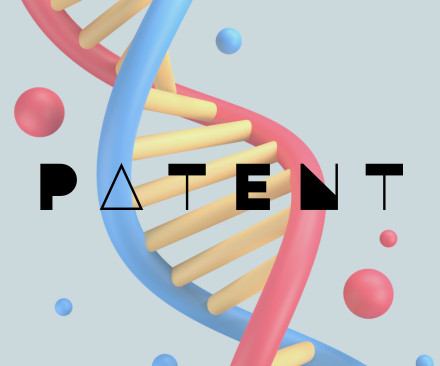Patentability of AI inventions
Olartemoure Blog
JULY 26, 2024
Patent and Trademark Office (USPTO) has issued a guidance update to address innovation in emerging technologies , which will assist USPTO personnel and stakeholders in determining subject matter eligibility under patent law of AI inventions during patent examination, appeal, and post-grant proceedings.



















































Let's personalize your content